
Submitted by Geoff Moore
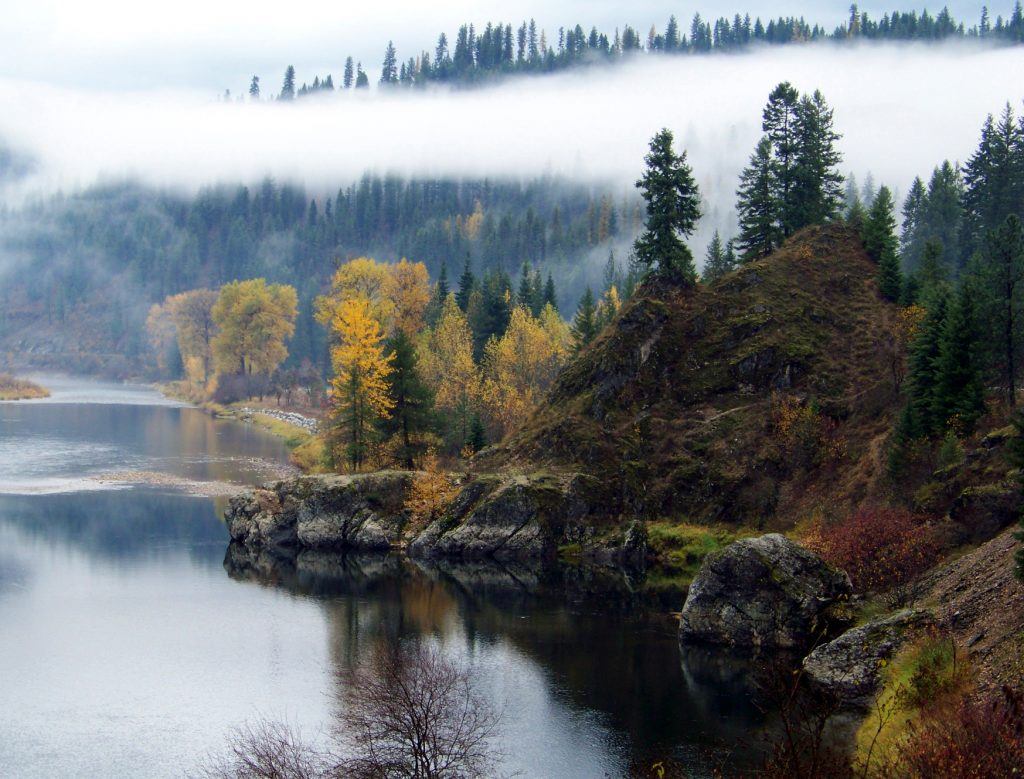
Submitted by VisitNorthIdaho.com

Submitted by VisitNorthIdaho.com

Submitted by Nancy J Ridenour-Matteson

Nancy J Ridenour-Matteson
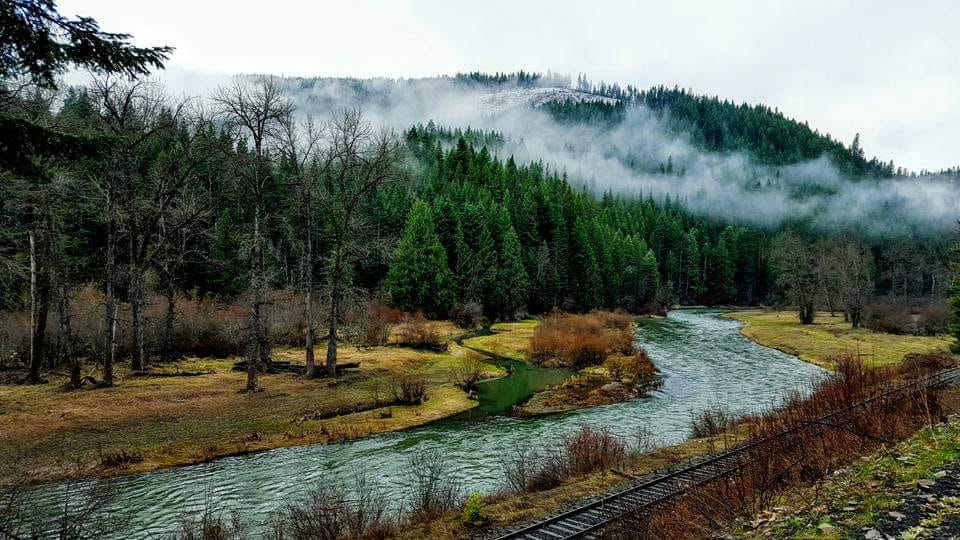
Nancy J Ridenour-Matteson

Submitted by Lee Todd Photography
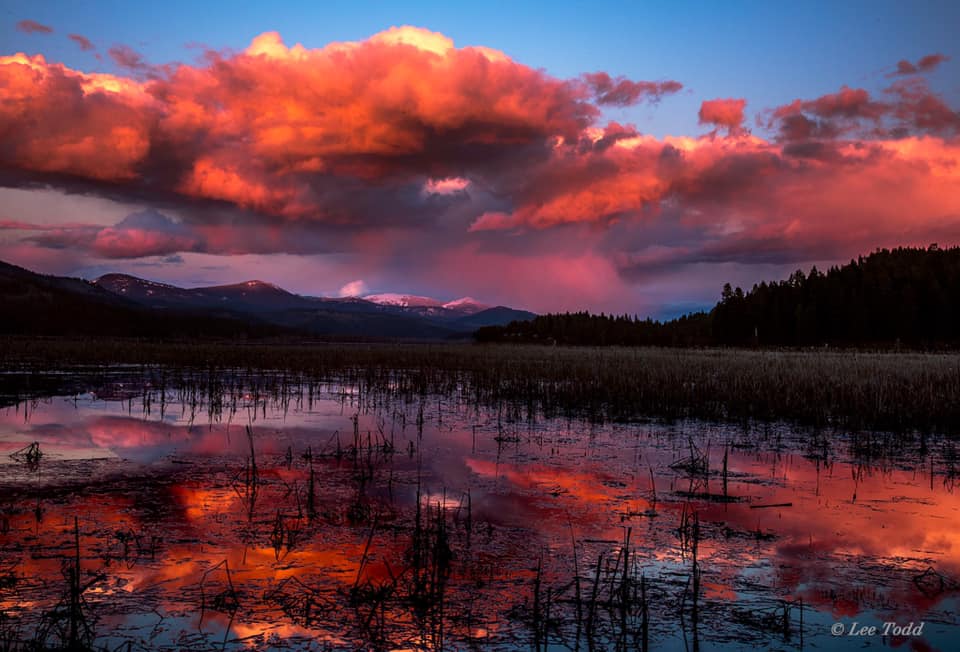
Submitted by Lee Todd Photography

Submitted by Lee Todd Photography
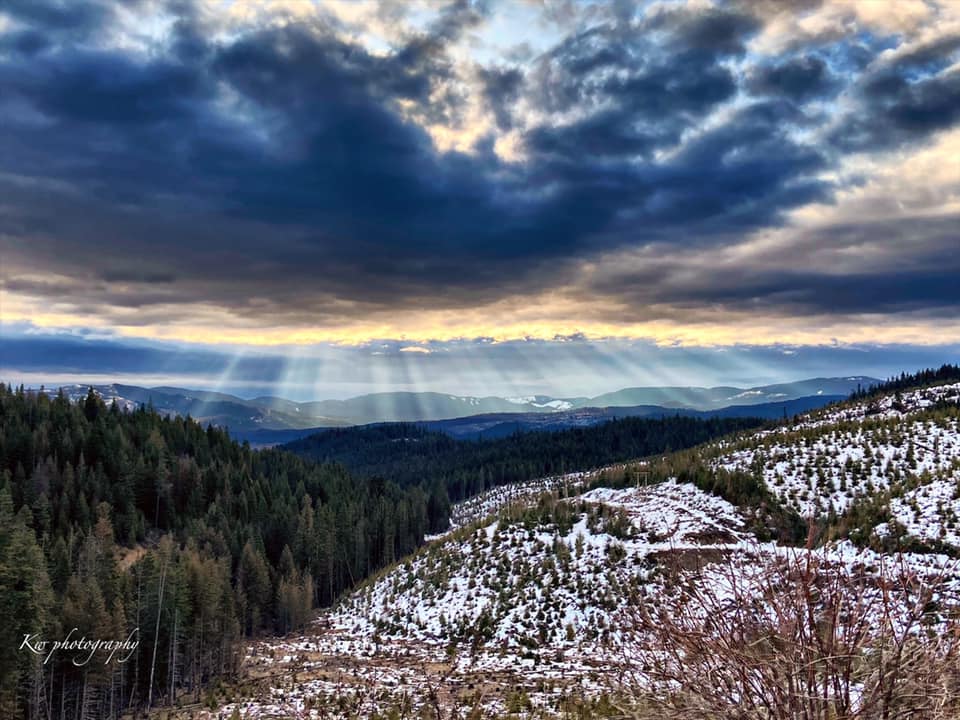
Submitted by KW Photography
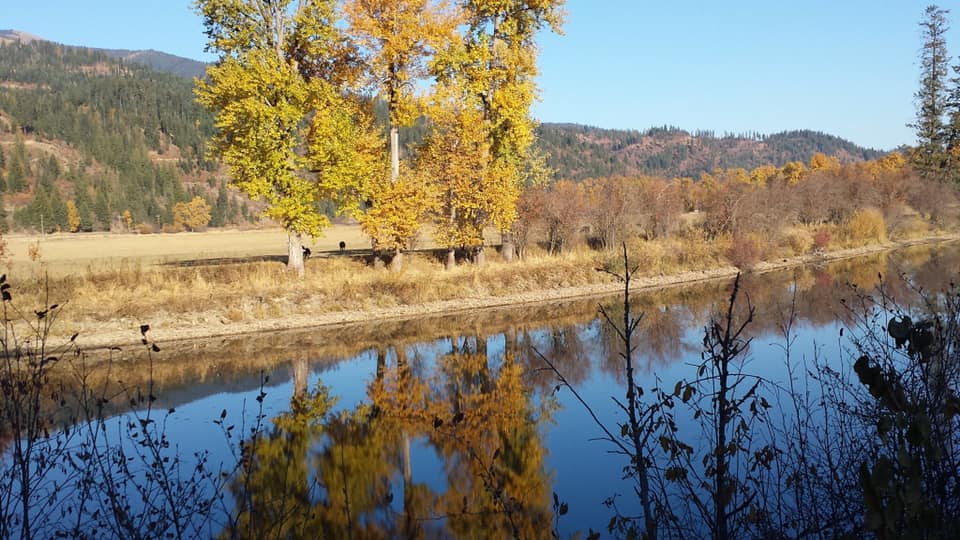
Submitted by Jayme Kachelmier
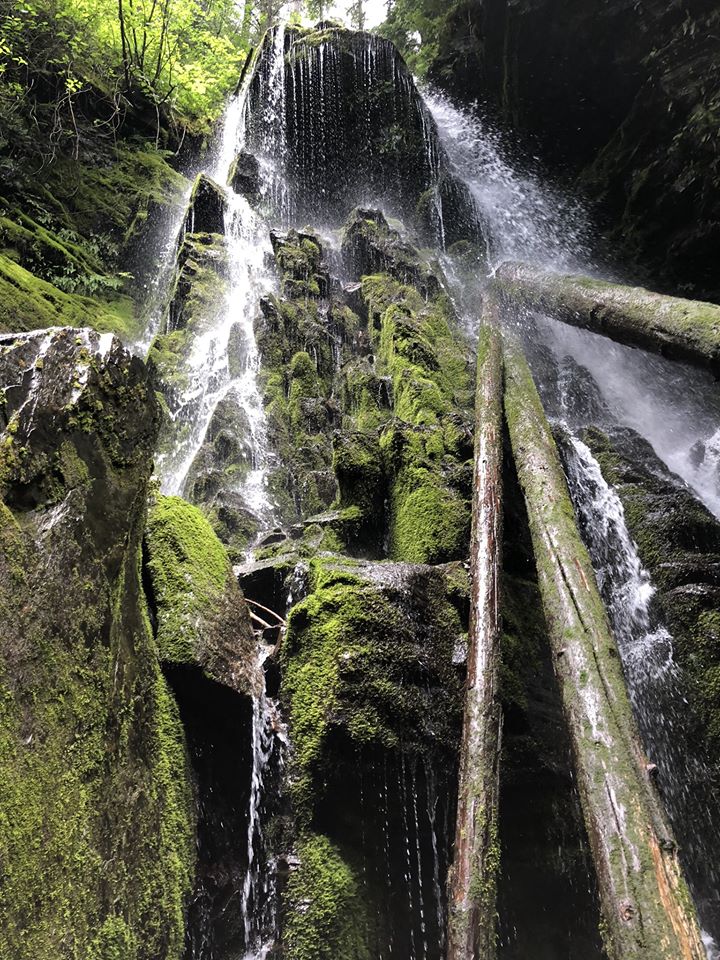
Submitted by Harvey Photography
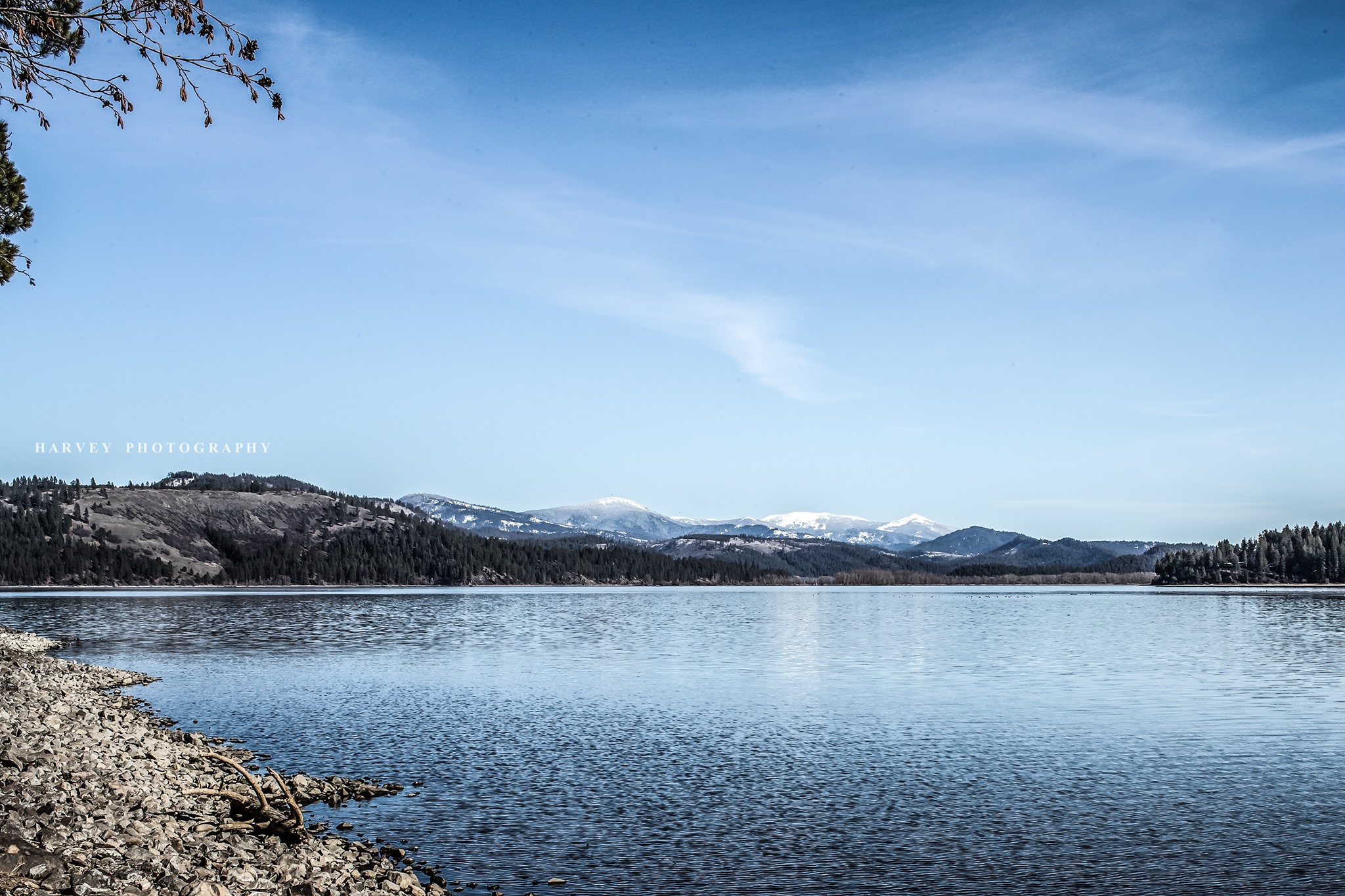
Submitted by Harvey Photography

Submitted by Harvey Photography
OUR HISTORY.
St. Maries dates back more than a hundred years, when the first pioneers looking for logging opportunities traveled up the St. Joe River from Coeur d’Alene. At the junction of the St. Maries and St. Joseph rivers, Joseph Fisher decided that was a prime place for a sawmill because of good transportation and lots of timber. St. Maries quickly became a hard-working lumberjack town, and was also renowned for the paddle wheelers that ferried people and supplies to Coeur d’Alene. St. Maries has long been a transportation hub for the St. Joe River Valley dating back to 1880 when steamboats provided the principal means of getting to and from the town.
After the turn of the century, the city became incorporated, two larger mills were built, and the steamboats which plied the St. Joe river and Coeur d’Alene Lake provided cheap, rapid transportation. The coming of the railroads, plus the opening of the Coeur d’Alene Indian Reservation to homesteading, provided stimuli for further growth in the first decade and a half.
World War I increased the demand on the lumber industry. In spite of the tremendous loss of timber in the Fire of 1910, there were still plenty of virgin stands to meet the demands of sawmills. The Great Depression was a severe blow to the area. Sawmills shut down and there was very little work in the woods. In the late 1930’s, just before the last large mill in the area was about to be auctioned off, the people of St. Maries rallied to help provide the capital to save the mill and open it again as the St. Maries Lumber Company. World War II years were all-out production years and the decade following saw the demand for lumber continuing into the late 1950’s.
The recessions of the 50’s put the local economy on a roller coaster until 1961 when the St. Maries Lumber Company, the largest employer and biggest mill in the area, burned. The people rallied again and formed the Benewah County Development Corporation, which took advantage of federal assistance to get a plywood mill built on the site of the lumber mill. The plywood mill has been expanded several times and is under the ownership of Potlatch Corporation, manufacturing plywood, dimension lumber and wood chips. In addition, Regulus Stud Mill was opened in St. Maries, thus providing a market and milling for tree sizes which were previously unusable.
To learn more about St. Maries, visit the Hughes House Historical Museum located in St. Maries.

In 1902, this log house was built as the St. Maries Men’s Club, but the organization proved short-lived. In 1906, the building was turned into a doctor’s office and remained in operation until the early 1920s when the business was foreclosed. Noting that the building was rapidly deteriorating, Raleigh
Hughes purchased the house in 1926 and lovingly restored it. The home remained in private possession until 1989 when the Centennial Committee purchased the home and opened it as the Historic Hughes House Museum in 1990. Inside, visitors will catch a glimpse of St. Maries’ younger days. Several photos, antiques, and artifacts depict early life in St. Maries and northern Idaho.
Please call for additional information concerning hours of operation, as the museum is open on a volunteer-available basis. Phone 208-245-3212.
Additional Links & Resources
Logger's Memorial Park bears the names of over 250 St. Joe area loggers that have lost their lives in the logging industry. Planning for the memorial began in 1999; actual construction of the site was completed in 2005. The project was funded entirely by donations of materials, money and labor. The annual botanic display is orchestrated by volunteers from the Benewah County Master Gardeners.
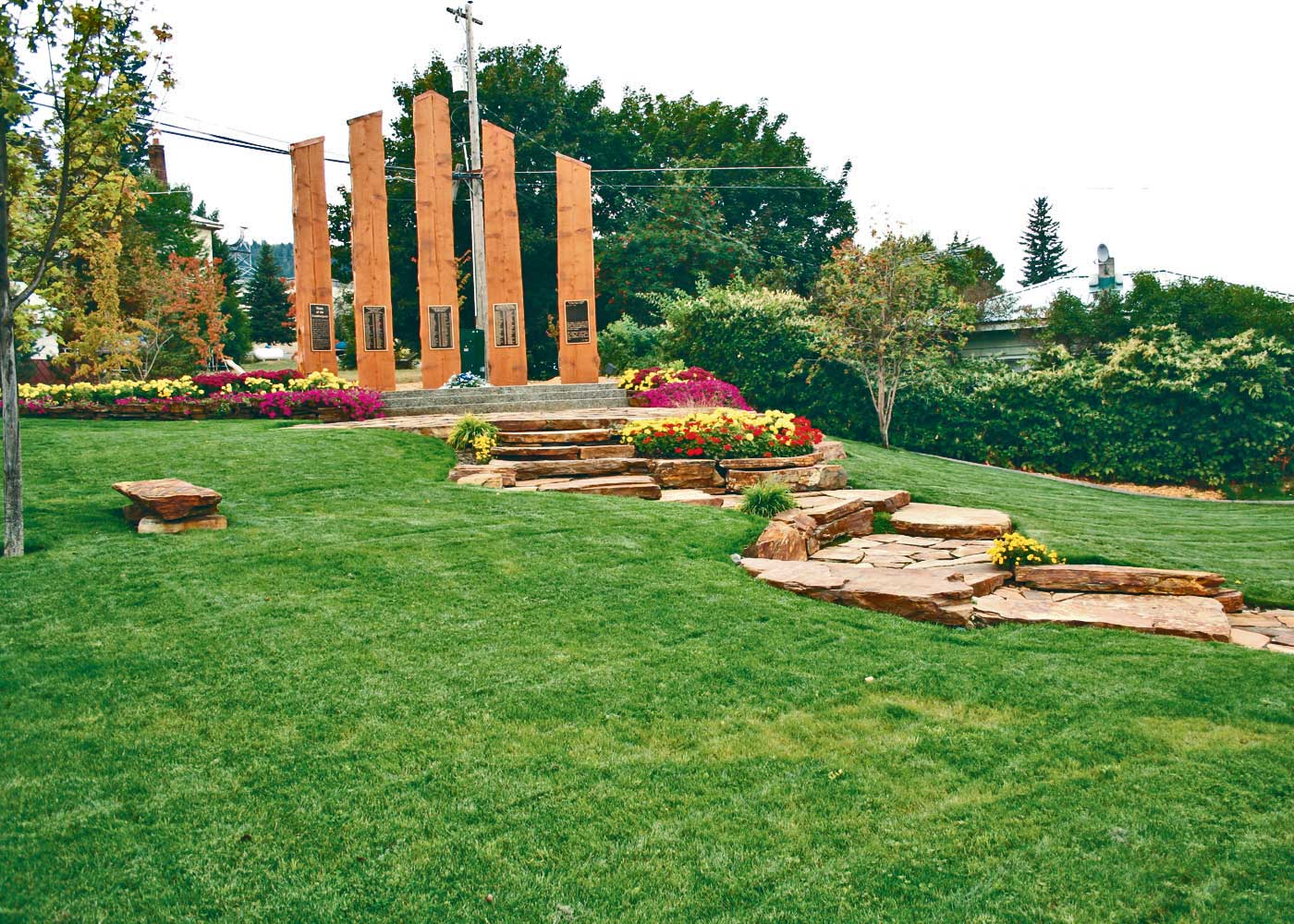
John Mullan the Army officer who in 1859-1862 surveyed and built the Mullan Road from Walla Walla, Washington to Fort Benton, Montana.
The road was to connect the Missouri and the Columbia, and Congress approved in 1855. Indian troubles and lack of funds delayed the job, but the road was completed in 1862. The first route in 1859 had passed about 6 miles west of here, but floods had forced a change, and the final road passed north of Coeur d’Alene lake. Modern Interstate 90 follows Mullan’s final route.
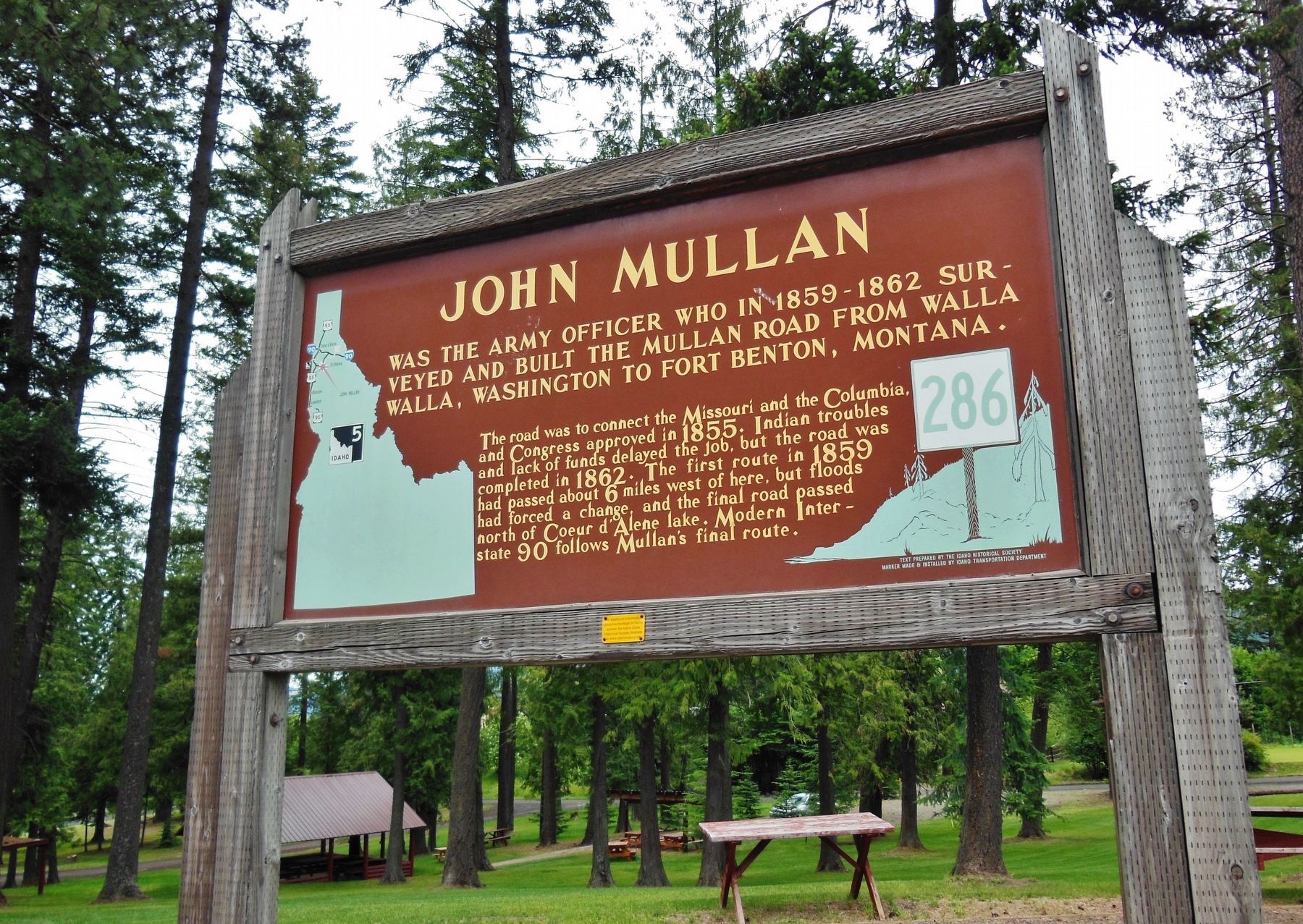
Additional Links & Resources
-
Hughes House Historical Museum (VisitNorthIdaho.com)
-
Hughes House Historical Museum (HMdb.org)





